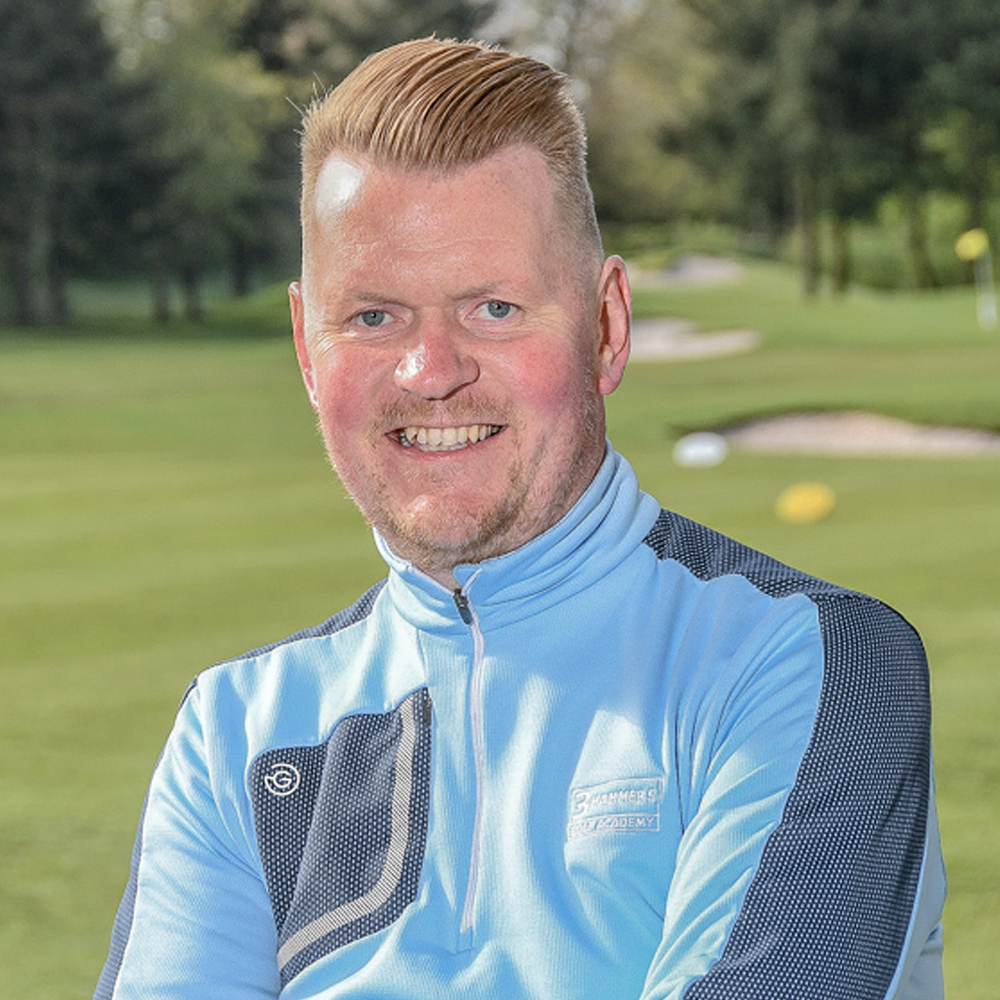Which Putter should I use?
We’re now going to dive into a topic that can significantly impact your game – choosing the right putter. Whether you’re a seasoned pro or just starting out, the putter you select plays a crucial role in your success on the greens. In this blog post, we’ll explore the various types of putters available and help you find the perfect one that aligns with your unique playing style.
Understanding the Basics
Before we get into the nitty-gritty, let’s quickly go over the 2 basic types of putters you’re likely to encounter.
Blade Putters
If I mention Ping Anser or Scotty Cameron Newport, you should start to have a clear picture of this style of putter. Think guy in Red shirt winning majors!
A blade putter offers much less forgiveness on off-centre strikes as opposed to a mallet, we often see a drop-off in ball speeds and slightly more twist in the face which can affect your start line and pace control. The weight is more dominantly positioned towards the toe of the putter which creates a slower closure rate which can be really helpful for somebody whose tendency is to pull their putts. A blade putter tends to encourage a greater arc within the stroke.
Mallet Putters
Luke Donald played a mallet putter for a longer time and was statistically the best putter on the PGA Tour when he became world number one. In 2011 he went an incredible 449 holes without a 3 putt. That was about a 2 month stretch or 25 rounds to put it in context.
The Odyssey range of 2 Ball and Fangs was full of iconic putters that brought the mallet putter to the forefront.
A mallet putter offers more forgiveness than a blade due to the centre of gravity being further back which allows ball speeds to be sustained on off-centre hits and the face to twist less. Mallet putters tend to come face balanced which means there is no bias in where the weight is positioned towards the heel or toe and encourages less arc with the stroke than a blade putter
Factors to Consider
Now that we’ve covered the basics, let’s talk about what you should keep in mind when selecting your perfect putter.
Your Putting Stroke
Assess your natural putting stroke. Is it straight, slightly arced, or even more pronounced? Match the putter design to complement your unique motion.
Feel and Feedback
Consider the feedback you prefer. Some golfers love the classic feel of a blade putter, while others appreciate the stability and feedback of a mallet design. Also consider what the face is made of and is there an insert that can change the feel.
Alignment Features
Take a look at the alignment aids on the putter. Mallet putters often boast larger and more visible alignment features, which can be beneficial for improving your putting accuracy especially when matched up with a ball with alignment features.
Customization Options
Explore putters with customization options. Being able to adjust the length, lie angle, weight and grip size/style can make a significant difference in finding the perfect fit for you. Length of putter is also crucial factor when it comes to finding the right putter, and how it affects your stance and eyeline.











